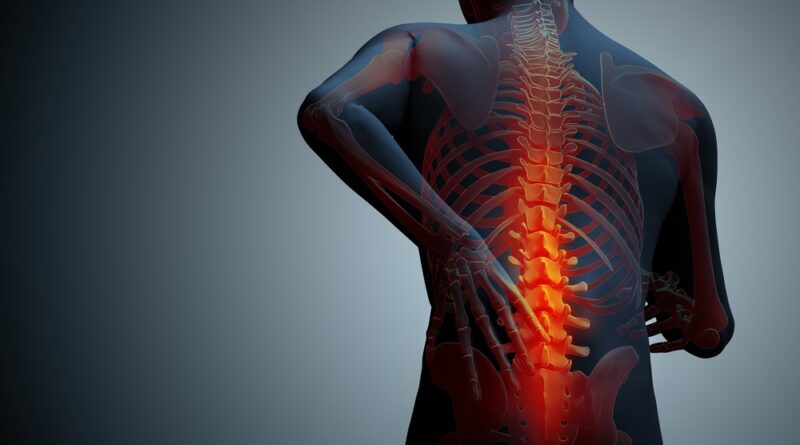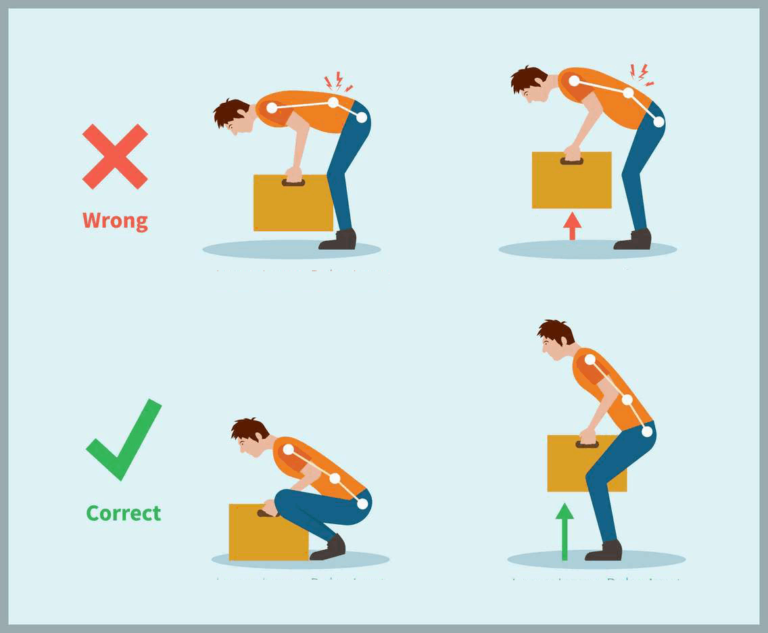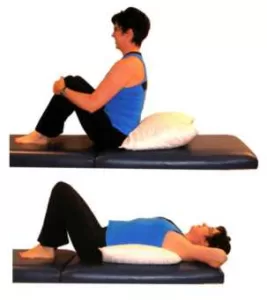
Traveler’s Guide to Overcoming Back Pain – Ease Your Journey
Traveling is potentially daunting for those suffering from back pain, but that doesn’t mean you have to stay home. The prospect of prolonged periods in transit may seem untenable. However, there are tactics that you can use to make your journey more tolerable and lessen the strain on your lower back. Here are some suggestions when traveling with backpain:
Come to Terms with the Facts

Traveling Compresses the Spine and this is the Leading Cause of Back Pain.
Prolonged Sitting: Spending long hours sitting during travel, whether in a plane, train, or car, can cause strain on the lower back. The lack of movement can lead to stiffness and exacerbate existing pain.
Carrying Heavy Luggage: The act of lifting and carrying heavy luggage can put undue pressure on the spine, leading to potential injury or flare-ups of existing conditions.
Inadequate Sleep Systems: Hotels or other accommodation may not always provide the best mattresses or pillows, which can lead to poor sleeping positions and cause discomfort for those with back pain.
Stress: Travel often comes with its share of stress, from rushing to catch flights to navigating new environments. This stress can cause muscle tension, particularly in the back, leading to increased pain.
Inactivity: While you may be exploring new places, long stretches of inactivity during transit or waiting periods can lead to a lack of spinal fluid circulation, contributing to discomfort and pain. Don’t forget your spin with you are relaxing.

Techniques for Fighting a Compressed Spine
Support your Lower Back: Most airplane and car seats lack adequate lumbar support. To address this, place a small pillow, rolled-up jacket, sweater, or blanket at your lower back. This extra cushioning can provide much-needed support throughout the journey.
We tested several travel options for lumbar support and we found these to be the best.
Invest in a travel pillow: Neck strain is another common issue during travel. Consider purchasing a travel pillow, either inflatable or non-inflatable, to maintain proper neck alignment and prevent discomfort.
Here is our breakdown of the best travel pillows on the market.
Plant your feet: If your feet don’t reach the floor while seated on a plane, find a footrest or use something solid to prop them up. On long drives, utilize cruise control so that you can rest both feet on the floor, promoting better posture.
Sit up Straight: This is easier said than done. Slouching or hunching your shoulders adds unnecessary stress to your spine. Make a conscious effort to sit up straight and maintain good posture throughout the journey.
Move Around: Whenever possible, take breaks to get up, stretch, and move around. Regular movement helps alleviate stiffness and promotes blood circulation.
Learn to Lift

Once you arrive at your destination, it’s important to practice safe lifting and carrying techniques to avoid exacerbating back strain. Follow these guidelines:
- Bend at the knees and use your legs, not your back, when lifting heavy items.
- Avoid twisting your lower back while lifting; instead, pivot by moving your feet.
- Keep heavy objects close to your body to minimize strain.
- Distribute weight evenly on both sides of your body when carrying bags or luggage.
- Switch shoulders frequently when carrying a shoulder bag to balance the load.
Spine Lengthening Techniques
Remember, prioritizing your comfort and taking proactive measures can go a long way in making your travel experience more enjoyable, even with chronic back pain.
Using a Bed or Couch Pillow
 Incorporate stretching and spine lengthening exercises into your routine, as these can be performed even in small spaces like your hotel room. Simple stretches, such as touching your toes, can aid in easing tight muscles and improving flexibility.
Incorporate stretching and spine lengthening exercises into your routine, as these can be performed even in small spaces like your hotel room. Simple stretches, such as touching your toes, can aid in easing tight muscles and improving flexibility.
For a spine lengthening exercise, try the doorway stretch:
Stand in an open doorway, reach your arms out to the sides and grab onto the door frame, then lean forward until you feel a stretch in your chest and spine.
Incorporating Yoga
 Poses like the cat-cow stretch, upward-facing dog, or child’s pose can be quite beneficial for the spine as well. These exercises not only help combat the compression your spine experiences during travel but also improve blood circulation and reduce stiffness.
Poses like the cat-cow stretch, upward-facing dog, or child’s pose can be quite beneficial for the spine as well. These exercises not only help combat the compression your spine experiences during travel but also improve blood circulation and reduce stiffness.
